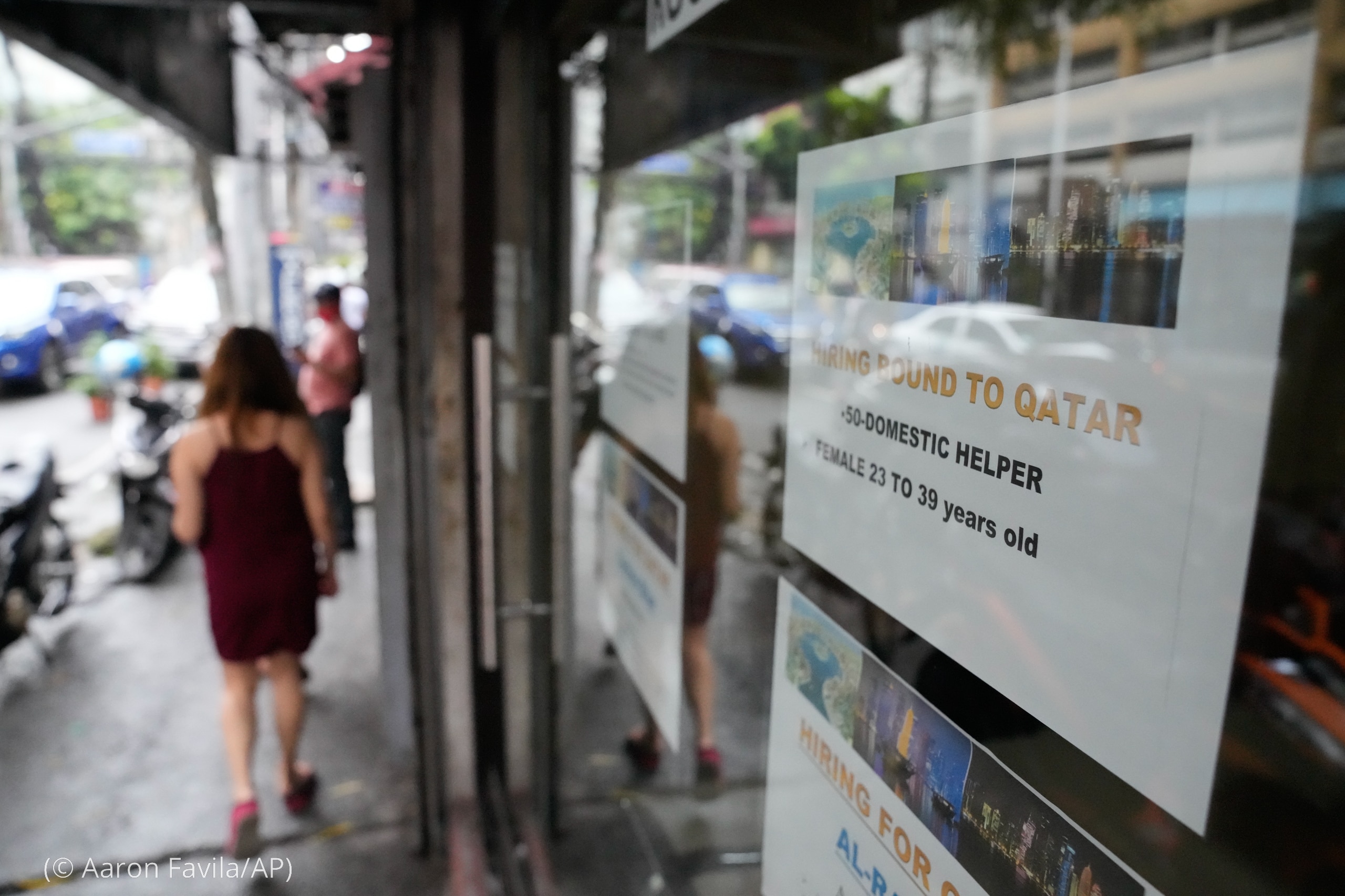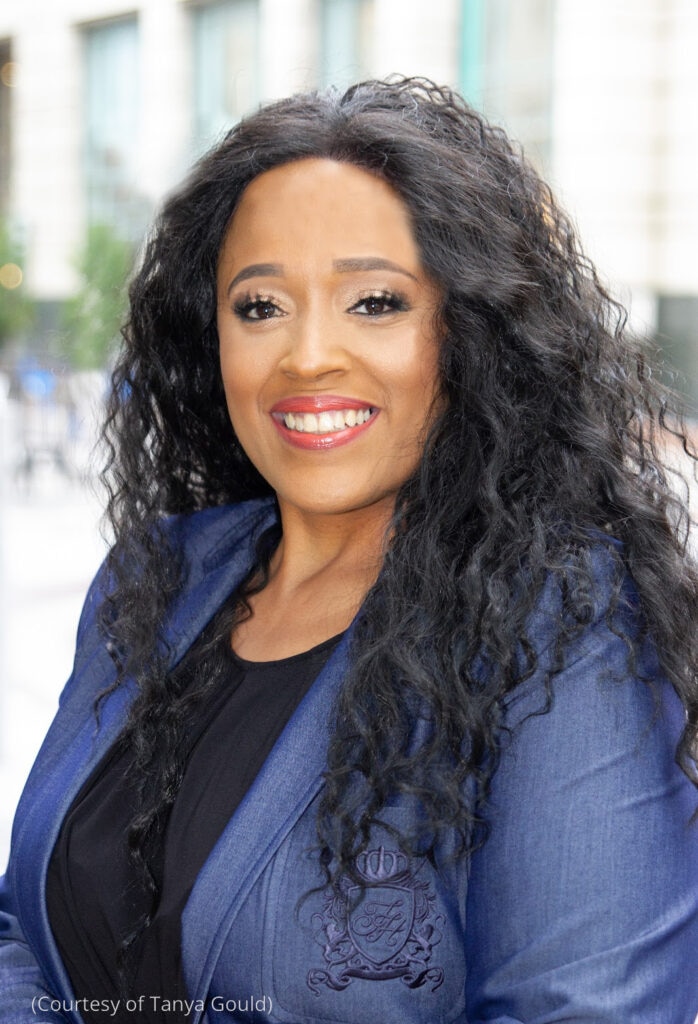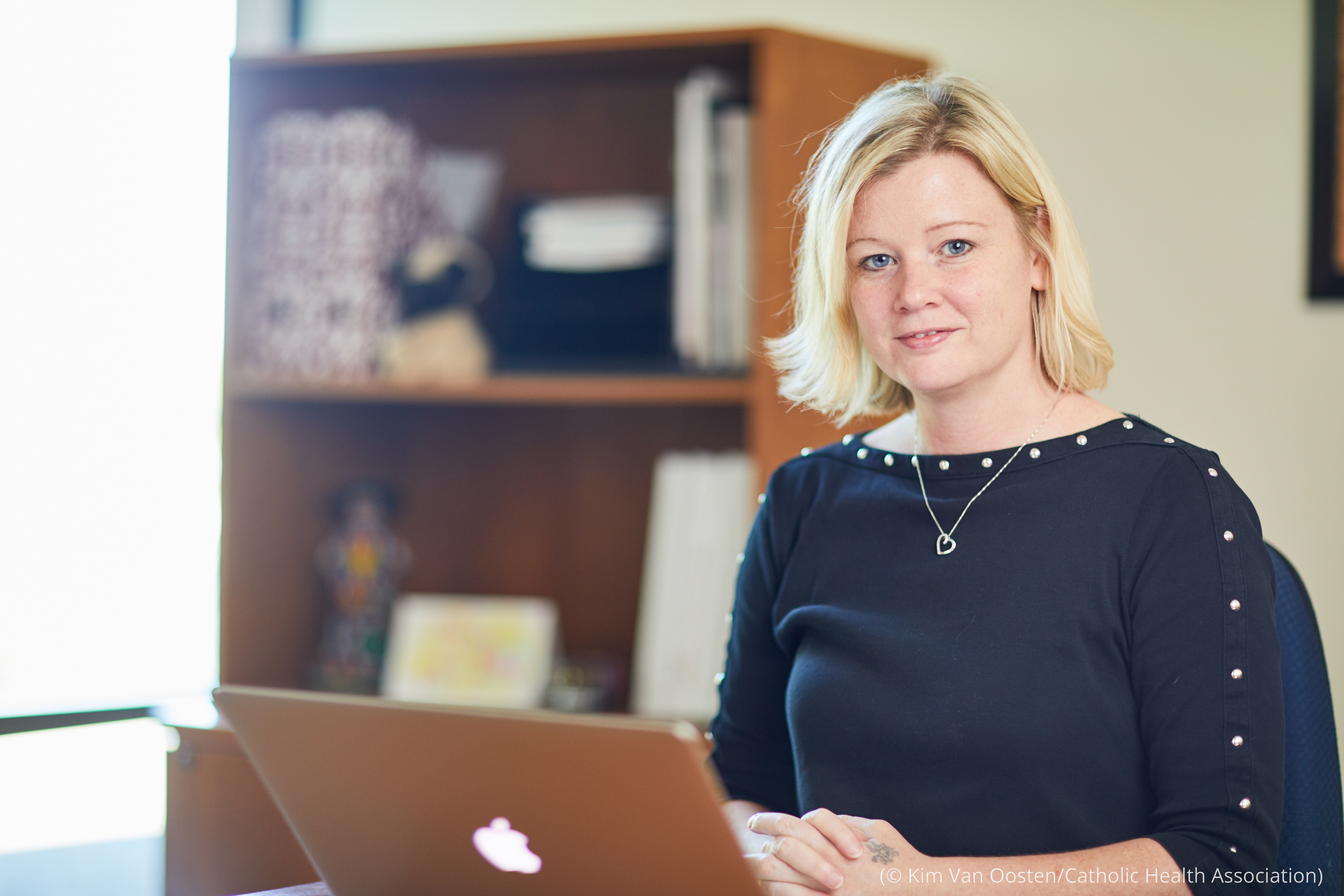Survivors work to prevent human trafficking, aid victims – U.S. Embassy & Consulates in Italy
Victims of human trafficking come from every region of the globe. Increasingly, survivors are taking the lead in the fight against the crime and in helping its victims to heal.
To understand the scope of the problem, caused primarily by criminals subjecting victims to forced labor or sex trafficking, one need only see the International Labour Organization estimates, which say that at any given time in 2021:
- 21 million people worked in a factory, on a farm or as a domestic worker under threat of penalty or harm.
- 6 million people — adults and children (99% female) — were forced to participate in the sex industry.

Since 2010, every U.S. president has dedicated January as National Human Trafficking Prevention Month, and January 11 is observed as Human Trafficking Awareness Day. (The Department of Homeland Security will host #WearBlueDay on social media on January 11.)
Survivors spare others

Two survivor leaders spoke with ShareAmerica about protecting young people, in particular.
Tanya Gould, the anti-human trafficking director for the attorney general of Virginia, brings a survivor's perspective to the state's response to the problem.
Gould says parents should make “internet guardianship” a priority because traffickers often seek young victims online. “Teach your kids that buying sex is wrong. Everything is not for sale, and the value of sex and intimacy is priceless.”
School staffers should be trained to identify traffickers and minors under their influence, she said. In addition, adults who supervise children should know how to use reporting protocols for suspected trafficking.
Parents and guardians can educate themselves by watching videos of survivors telling their stories and learning about apps that traffickers use to contact young people. “Learn as much as possible about internet safety tools, and come up with safe codes” that kids can text, Gould said. A symbol or word sent from a phone can notify you that your child is in danger.
Recognizing danger
Holly Austin Gibbs, a Richmond, Virginia, advocate for survivors and author of Walking Prey: How America's Youth are Vulnerable to Sex Slavery, directs the CommonSpirit Health hospital chain's trafficking response program, helping health care personnel recognize and assist victims.
“Traffickers will use force, fraud or coercion to entice victims of any age to perform commercial sex acts or to provide labor or other services,” she said. In a familiar bait-and-switch pattern, victims are plied with kindness and attention and encouraged to run away from home by traffickers who later turn violent.
People of any age, race, ethnicity, sex or gender identity are potential prey. And traffickers target people in vulnerable situations, Gibbs said, citing victims who had recently relocated, had an undocumented or unstable immigration status, experienced language barriers or lacked social or familial support. While women and children are the most vulnerable, this crime also harms men in every region of the globe.
It's important to educate parents, teachers and youth about traffickers' tactics and to implement community-based programs to mitigate risk, she said.

Gibbs cites two survivor-oriented organizations: Survivor Alliance, an international survivor-led organization, and the National Survivor Network, a program of the Los Angeles-based nonprofit Coalition to Abolish Slavery and Trafficking. “If you are a survivor, please don't suffer in silence,” she says.
By U.S. Mission Italy | 9 January, 2023 | Topics: News | Tags: Human Trafficking
This “Eyes on Trafficking” story is reprinted from its original online location.
 ABOUT PBJ LEARNING
ABOUT PBJ LEARNING
PBJ Learning is a leading provider of online human trafficking training, focusing on awareness and prevention education. Their interactive Human Trafficking Essentials online course is used worldwide to educate professionals and individuals how to recognize human trafficking and how to respond to potential victims. Learn on any web browser (even your mobile phone) at any time.
More stories like this can be found in your PBJ Learning Knowledge Vault.
EYES ON TRAFFICKING
This “Eyes on Trafficking” story is reprinted from its original online location.
ABOUT PBJ LEARNING
PBJ Learning is a leading provider of online human trafficking training, focusing on awareness and prevention education. Their interactive Human Trafficking Essentials online course is used worldwide to educate professionals and individuals how to recognize human trafficking and how to respond to potential victims. Learn on any web browser (even your mobile phone) at any time.
More stories like this can be found in your PBJ Learning Knowledge Vault.
